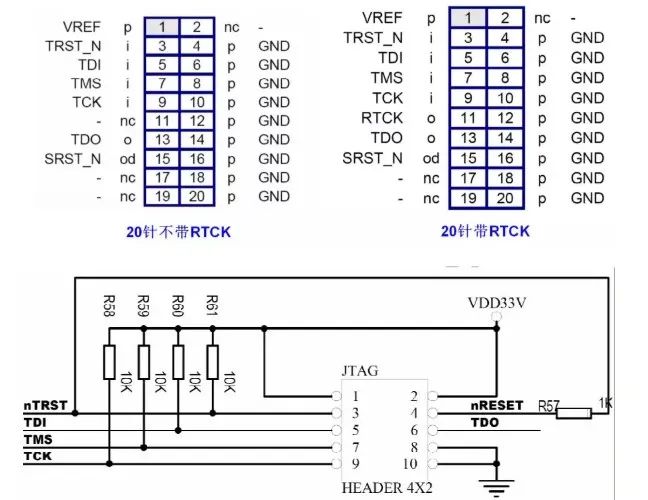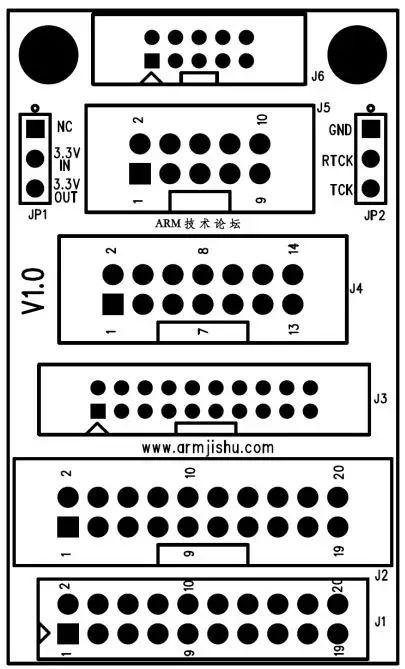


-
Huawei 5G Chips for Sale for the First Time! 5G Modules Penetrate Multiple Industries!
-
In High Demand, Handheld Infrared Thermometers Become the First Hot Product of 2020!
-
Global Mobile Giants Are Layouting, 2020 Will Be the Year of GaN!
-
LG Asks Employees Not to Come to Work for Two Weeks to Control the Pandemic; Intel Launches 10nm Base Station Chip…
-
Awesome! 22 Animated Diagrams of Electrical Components!